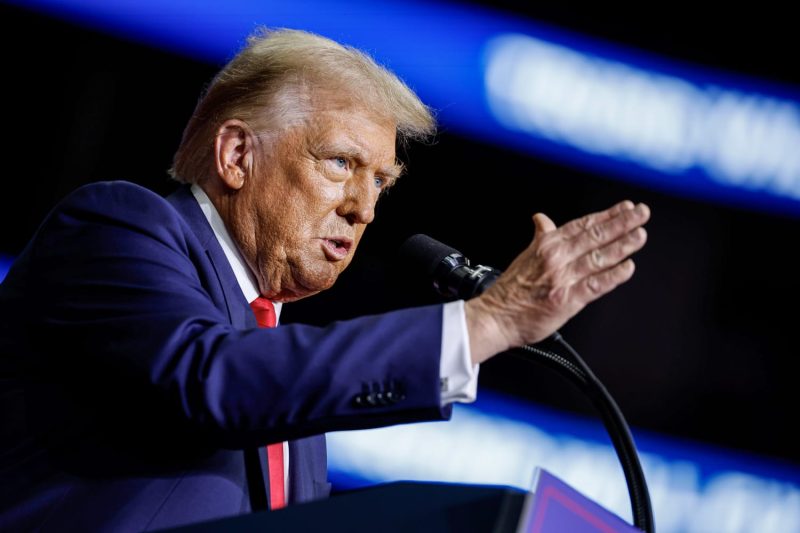In recent months, President Trump’s tariff threats have put U.S. companies on high alert, sending them scrambling to find lobbyists and exploit loopholes in an attempt to mitigate the potential damage to their businesses. The imposition of tariffs by the Trump administration on various goods and products from countries like China and the European Union has sparked a trade war that has left many businesses reeling from the uncertainty and unpredictability of the situation.
One of the main strategies employed by U.S. companies facing the prospect of increased tariffs is to hire lobbyists to advocate on their behalf in Washington, D.C. These lobbyists work tirelessly to sway policymakers and influence trade policies in a way that is favorable to their clients. By leveraging their expertise and connections, these lobbyists are able to navigate the complex world of trade regulations and make a compelling case for why their clients should be exempt from or receive special considerations under the tariffs.
Additionally, U.S. companies are actively searching for loopholes in the trade laws that would allow them to circumvent the tariffs or minimize their impact on their bottom line. This often involves restructuring their supply chains, changing sourcing strategies, or finding creative ways to classify their products in a way that reduces their exposure to tariffs.
For some businesses, the tariff threats have prompted them to consider relocating their manufacturing operations to countries not targeted by the tariffs. This can be a costly and disruptive process, but for many companies, it is seen as a necessary step to protect their business interests and remain competitive in the global marketplace.
The ripple effects of President Trump’s tariff threats are also being felt by consumers, who may soon see higher prices on a wide range of goods and products as companies pass on the additional costs incurred due to the tariffs. This could ultimately lead to decreased consumer spending and slower economic growth, further complicating the already precarious trade environment.
In conclusion, President Trump’s tariff threats have created a sense of urgency among U.S. companies, who are scrambling to find ways to navigate the challenging trade landscape and safeguard their businesses from the potential fallout. By leveraging the expertise of lobbyists, exploring loopholes in trade laws, and considering alternative sourcing strategies, companies are doing everything in their power to weather the storm and emerge from this trade war unscathed.

